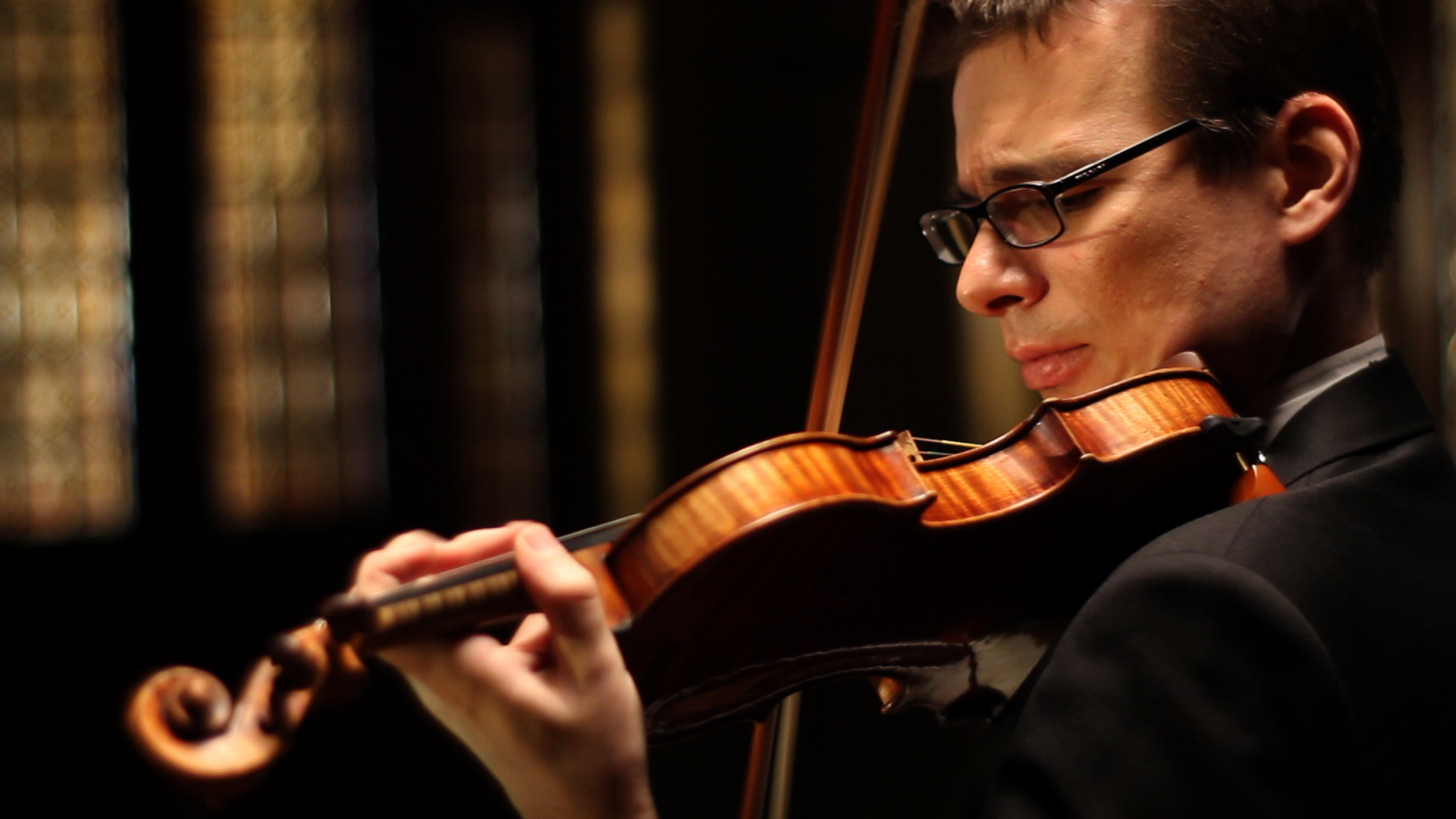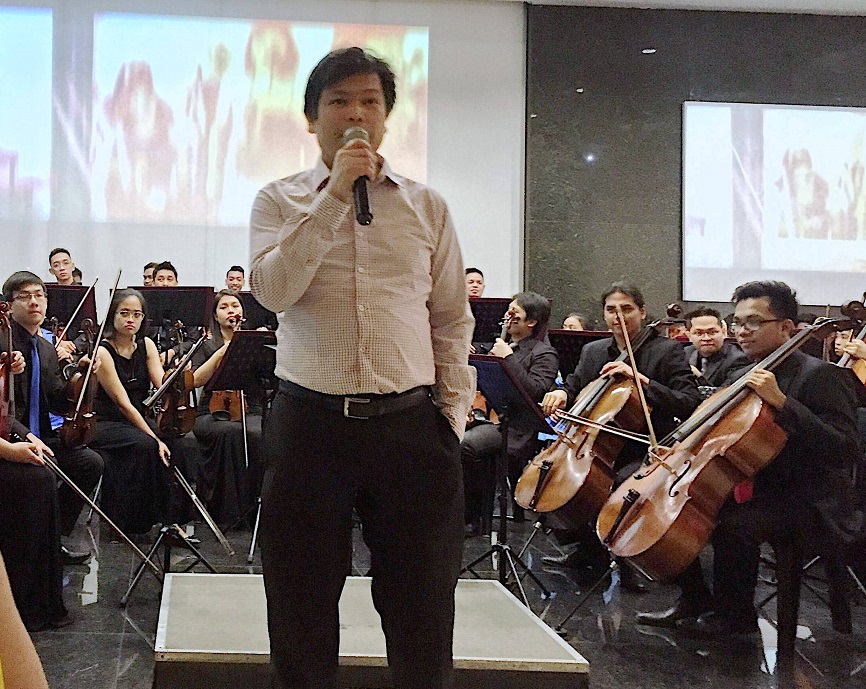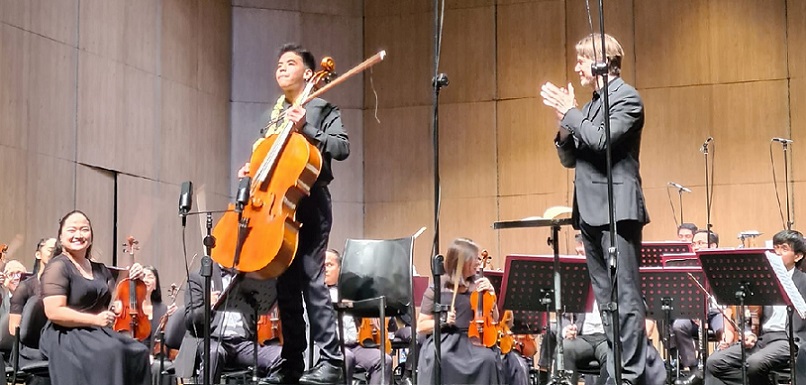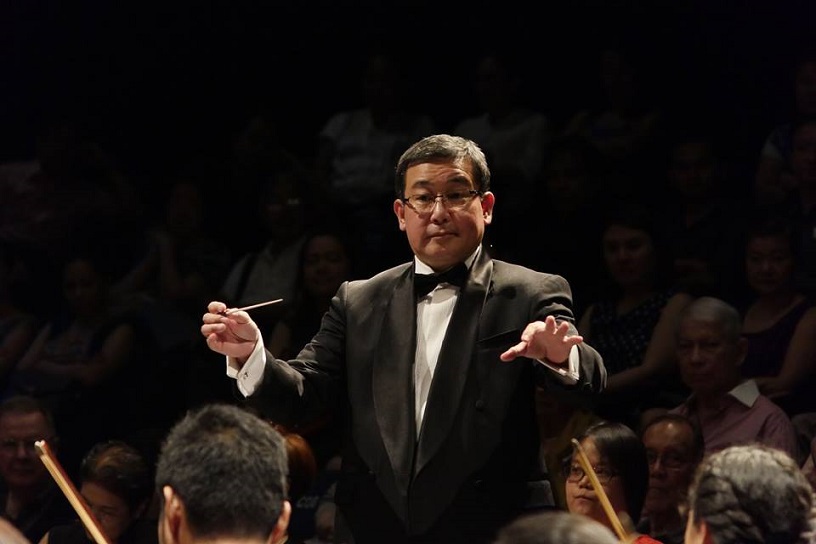
.Maestro Arturo Molina with the MSO. An earthshaking Rachmaninoff Symphony No. 2. File photo courtesy of George Buid.
The main highlight of the opening season concert of the Manila Symphony Orchestra under Arturo Molina Saturday night is the monumental Symphony No. 2 in E Minor, Op. 27 mounted at The Circuit in Makati.
The work is rarely performed in Manila and it is understandable. The orchestration requires hard work and the structure demands a lot of focus from the musicians.
Happening as it does when the country is reeling from the ongoing war in Marawi, the one-man assault of Resort World which took away the life of some 37 people and with yet another terror attack in London, the Rachmaninoff symphony is at once timely as it conjured images of gloom and hope, of the world’s uncertain conditions and reflects the weary, almost hopeless outpouring of humanity in the third movement. The electrifying finale at once conveyed new hope for humanity.
Like it or not, the MSO was in good shape in this piece de resistance and what an incredible show of energy and stamina!
Under Molina’s baton, the sound was rich and intoxicating and it smoldered from one musical phrase to another.
As it was, the music settled in one’s psyche like a bolt of lightning and it entered one’s pores and remained there to one’s complete delight.
But the adagio of the third movement brought out a familiar sound (it inspired many pop compositions includingEric Carmen’s “Never Gonna Fall in Love Again”) and here you see Rachmaninoff as the Master of Melodic Contours.
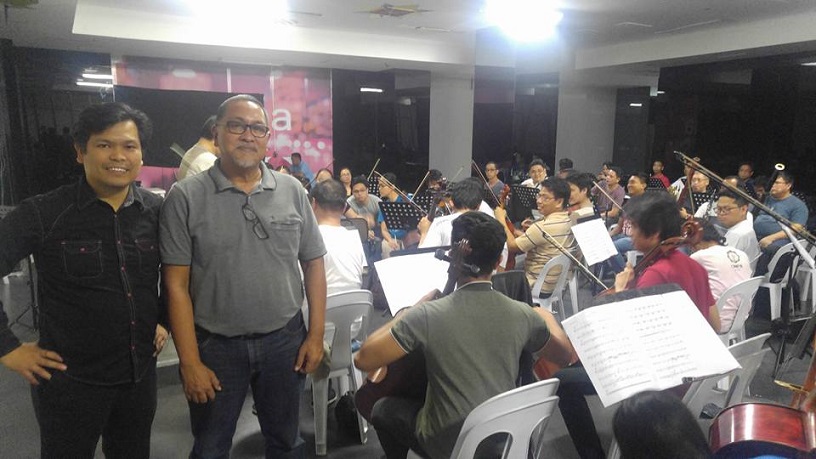
.Composer Nonong Buencamino with MSO executive director Jeffrey Solares during rehearsal.(From the MSO FB page)
Its opening was breathtaking and in a few moments came the sea of lyrical outpouring which could melt the heart.
Brilliant is the only world that comes to mind as one hears the last movement with the familiar theme from the first movement.
The first theme assaulted the senses as it sizzled although controlled by a march with woodwind getting reactions from bass strings.
Like it or not, you could not help but recall the sea of sound associated with Tchaikovsky with such lush and rich orchestration.
The last notes of the symphony resulted in an audience too stunned to react and no doubt mesmerized as one by one, they stood to give the orchestra a rousing standing ovation.
It has been a long time since one saw a symphony being cheered as ecstatically as this one.
Moreover, the first part of the concert is abnormally short (less than 30 minutes) but they were enough to showcase Nonong Buencamino’s Tiamis which is about the unrequited love of Leonor Rivera and Jose Rizal.
Originally scored for cello and piano, the piece became an orchestral piece with cellist Arnold Josue as soloist.
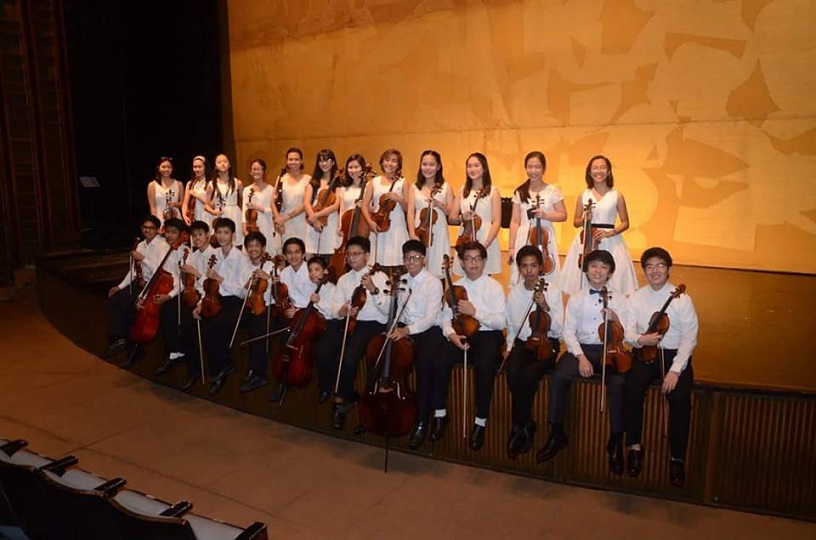
Some of the members of the MSO Junior Orchestra. Without government support, the MSO continues to hone a new generation of musicians. (Photo from the MSO FB page)
As it were, the piece brought us to another time and another place with its poignant and lyrical outpouring. It ended with the last lonesome notes of the cello and instantly, it captured the nobility and depth of the once and future love of the Filipino hero.
Probably built with the same emotional coloring was the rendition of the seldom heard Sibelius’ “Swan of Tuonella.” It was short but the audience enjoyed its lush and dreamy orchestration.
The latest MSO concert is but one of the many facets of the Filipino musicians who remain the enduring symbols of what is amazing about the Filipino artists.
With no visible government support, the MSO has managed to sustain its season offerings and the people behind it and yet still find time to teach young musicians in its MSO music academy and to hone a new generation of musicians in its MSO Junior Orchestra.
The musicians of the MSO carry many of the redeeming qualities of the Filipino performing artist.
Without a home of its own and with no rehearsal hall of its own, these musicians survive by the skin of their teeth, so to speak.
One hopes the new administration will find time to listen to Filipino musicians who symbolize what is good and enduring about the Filipino as music interpreter.

